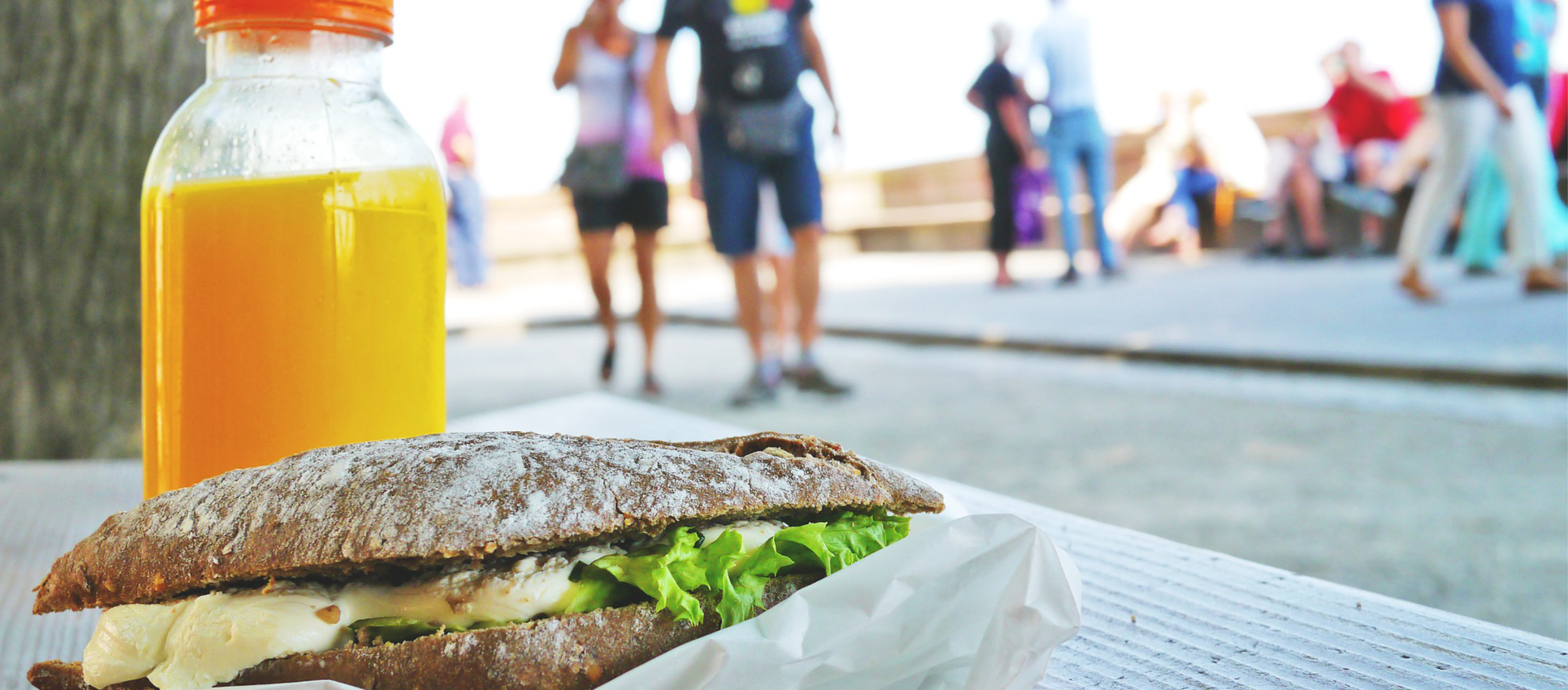
"Should I start a low-carb diet or low-fat diet?"
This is a question I get asked a lot, from people seeking to become healthier and trying to lose weight. To be honest, it's a difficult question to answer because both are beneficial depending on the type of training you're performing. There are two main types of training in exercise: aerobic training (with oxygen) and anaerobic training (without oxygen).
Anaerobic
Anaerobic training is short-lasting, high-intensity exercise (80% to 100% max exercise intensity). This type of training ranges from the beginning of the exercise to 2 minutes. Heavy weight-lifting, all types of sprints (running, biking, etc.), jumping rope, hill climbing, interval training, isometrics, or any rapid burst of hard exercise are all types of anaerobic training. Anaerobic training is beneficial for conditioned athletes and those who want to build muscle. However, due to its intensity, it's not recommended for pregnant women or beginners. (Beginners should start with lower-intensity aerobic exercise for several weeks to build a base level of fitness. We recommend working with a personal trainer to help create a workout customized to your fitness level and your goals.)
For those performing anaerobic training, a good diet would consist of high carbs and low fats. During an anaerobic workout, the body breaks down carbs to produce ATP*. This energy system cannot be sustained for long because each reaction only produces 2 molecules of ATP. ATP is often referred to as the energy currency of life. The body’s cells use a special form of energy called adenosine triphosphate (ATP) to power almost all their activities. Eventually, this energy system will lead to muscle fatigue and the muscle will not contract. High-carb diets are recommended during this training because once the body runs out of carbs, it will start breaking down fats and protein. The problem is that it's harder for your body to break down fats and proteins. Also, your body could go into starvation mode and this could affect organs.
A great pre-workout meal before anaerobic activity would be primarily comprised of carbohydrates. Your body will convert those carbohydrates into quick energy to power through your workout. Choose easily digestible carbs as your main source; some fat and protein is fine too, but should not be the main source of your pre-workout meal.
Aerobic
Aerobic training is low to moderate intensity exercise (50% to 75% of max intensity). This type of exercise ranges from 2 minutes until when you stop exercising. Cycling, jogging, swimming, and walking are examples of aerobic training. Aerobic training is very beneficial to those who want to lose weight and improve oxygen consumption. For those performing aerobic exercise for the purpose of weight loss, a decreased intake of carbs will help the body in burning stored fat for energy. Note that we said "decreased" carb consumption; we don't recommend "no carb" consumption. During aerobic exercise, the body uses fat more than carbs because it's more efficient. Fatty acids can produce around 34 ATP molecules compared to 2 ATP molecules from carbs. It is also easier for the body to break down the fat molecules because oxygen is present.
Conclusion
Diet and nutrition are a crucial part of exercise. I've seen many exercise studies where unhealthy diets were not changed. Consequently, at the end of the study, the weight did not change either. Know your training and revolve your diet and nutrition around it. Remember to make sure you are taking in more than enough carbs and fats to compensate for the ones you lose during workouts, so your body will be able to function properly.
Please do not completely cut Carbohydrates or Fats from your diet. This will cause your body to not function properly. It’s always better to have a well-balanced diet than to have no carbs or fats.
For more information on nutrition services offered at the YMCA, click here!